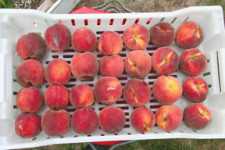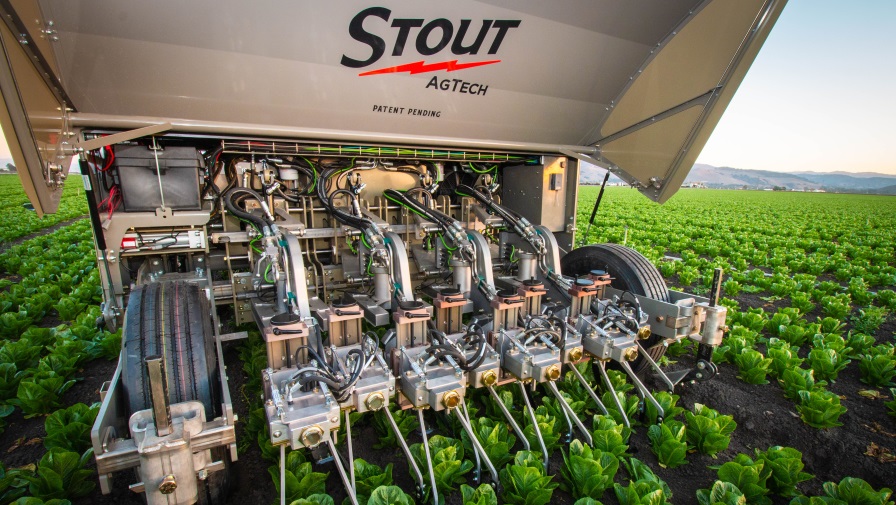State Of The Florida Peach

Anyone driving through Central Florida in the past year might have noticed a new crop on the landscape — peaches. With UF/IFAS’s efforts to breed subtropical fruits that require fewer chilling hours, a new door has opened for growers seeking alternative crops.
A number of citrus growers have turned land over to peaches that had been taken out of production due to HLB and canker. UF/IFAS is conducting a survey to better gauge how many growers and acres are now committed to peaches in the state.
According to Dr. Mercy Olmstead, a horticulturist with UF/IFAS, estimates are there are anywhere from 30 to 40 growers in the state with about 900 acres planted. Heavy fruit set, excess vigor, plus disease and insect pressure are just a few of the challenges in Florida, but more and more growers are joining the fray.
With an early harvest window, growers can take advantage of unique marketing opportunity with little competition. The spring harvest window starts as the Chile crop winds down and before Georgia and California kicks in.
While peaches are more work than citrus and represent a significant start-up investment, the crop has its fit. “For citrus growers threatened by HLB who want to stay in agriculture, but don’t want to spend as much to establish a crop like blueberries, peaches are a good option,” says Olmstead.
In May 2009, Florida Grower featured Ralph Chamberlain, who was among the first growers to plant significant peach acreage in the state. He reckoned that growing 35 acres of peaches was equivalent to about 600 acres of fresh citrus. He added that labor makes up half of the production expenses. It is worth considering given the concerns over labor availability —and peaches can’t miss a day when it is time to pick.
Show Me The Trees
Currently, there are 13 licensed peach nurseries in the state. Click here to see a list of these providers.
Olmstead is excited about a new variety that soon will be released through the University of Florida. It is called UF Best. She says this variety should start showing up in supermarkets in two to three years.
“UF Best is about the same maturity as UF Sun, with possibly a little less chill requirements,” she says. “It is a bright red, almost 100% red, non-melting flesh peach that holds up really well for the retail side. We had one in our cooler for five weeks and it still tasted great.”
Homegrown Research
One example of this work is a study into the effects of nitrogen on peaches in the state. “I have a graduate student working on fertilization in mature and newly established peach trees,” says Olmstead. “We know that nitrogen has a huge impact on the vigor of the tree. We are putting on seven to eight feet of growth per year while most locations in the Southeast put on three to four feet.
“So should we be fertilizing the same as what they recommend in those other locations? We want to find the right amount of nitrogen to get the right growth and best fruit quality in Florida.”










